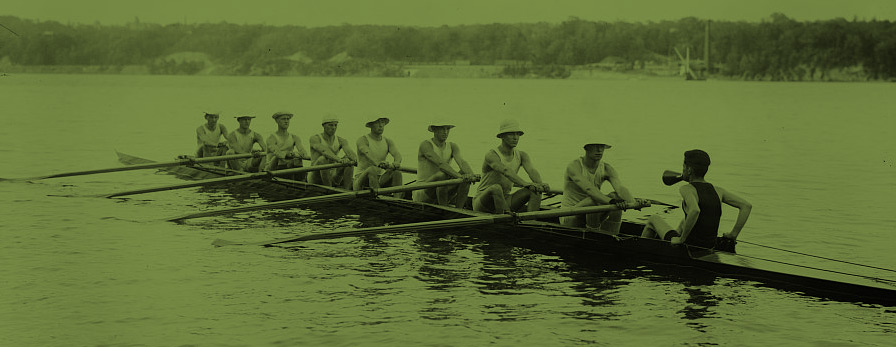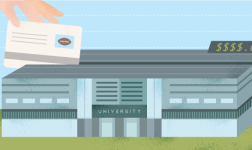
Excerpted from The Winthrop Report: a 100+ page major revenue primer for Athletic Directors only that encompasses four subject areas: apparel rights, pouring rights, multi-media rights and concessions.
ADs who schedule a Win AD Demo will receive a full copy of the The Winthrop Report CONTACT US TO LEARN MORE
As an addendum to our prior research on NCAA pouring rights agreements across the NCAA landscape, this article examines three considerations for revenue optimization for pouring rights.
1. Sell Attendance
Use the sponsorship rights fees (SRF) per attendee ratio to increase the SRF for the next negotiation. Attendance at NCAA athletic events plays a significant role in revenue for concessionaires. Obviously, higher attendance equals higher revenue. Determining a reasonable SRF based on attendance is a logical way not only to increase your SRF, but incentivized commissions as well.
Table 1 uses the total attendance from the 2010-11 seasons for football and men’s basketball and includes only schools that have athletic department contracts (separate from the university) with the pouring rights sponsor.
Although a small sample size (10 of the 33 schools analyzed have separate pouring rights deals for athletics), using an estimated ratio in negotiations will show the pouring rights partner a smaller, more specific number as to the amount the partner should pay.
Furthermore, assuming attendance is above average, if a partner is not increasing its SRF offer as much as necessary, use the attendance figures to create an incentivized commissions option. This may be especially compelling in situations where it is reasonable to take the negotiating position that above-average attendance figures will increase the amount of product sold, and therefore, the pouring rights partner’s revenues will increase.
2. Separate Isotonic Beverage Negotiations from Pouring Rights Negotiations
Sixteen of the 33 schools analyzed had separate isotonic beverage contracts with Gatorade, granting exclusive advertising and pouring rights for player sidelines, benches, and locker rooms. Only three of those contracts were negotiated solely for the athletic department (30% of those analyzed). The trend has been for the university to separate the athletic department’s isotonic beverage deal from the pouring rights agreements; however, athletic departments should take advantage of creating a separate revenue stream in their individual deals as well.
3. Requirement for Annual Sponsorship Leverage Spend
Most universities require their pouring rights partner to spend a certain amount of money annually on leveraging the sponsorship. This could be spent on media buy during broadcasted games, promotions at stadiums or around campus, athletic scholarship donations, and other advertising that illustrates the existing relationship. This guarantees that the partner will spend money with the various university partners (i.e., television and radio stations, promotional vendors).
Many contracts that include such a provision have a stipulation that if the partner does not spend the required amount by the end of each contract year, the amount left over will either transfer over to the following year or will be provided to the university for specific uses.
Table 2 lists all the agreements that require the pouring rights partner to spend a specific amount on leveraging the sponsorship (the asterisks highlight the athletic department contracts). Although a small sample size, the trend for the five athletic department contracts is to have a much higher ratio of sponsorship leverage amount (SLA) to SRF than that of universities. Note that many contracts already include media buy, logo exposure on print, etc., whereas some do not (must be purchased separately).
A required leverage amount is also important not only to ensure that the partner is purchasing the open media space, but also to ensure that the partner’s competitors do not have as much access to the open media space. Although very few contracts grant exclusivity to media advertising for the pouring rights category, using the SLA for media space will help keep competitors out of the market (or lessen their influence).
Table 1 — 2010-11 SRF per Attendee Ratio for Athletic Department Contracts
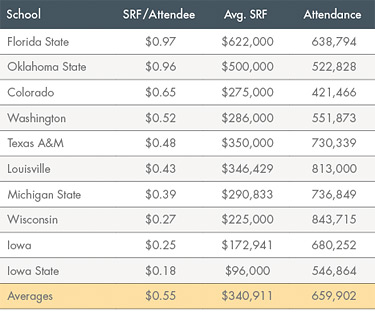
Table 2 — SLA/SRF Ratios for Pouring Rights Agreements
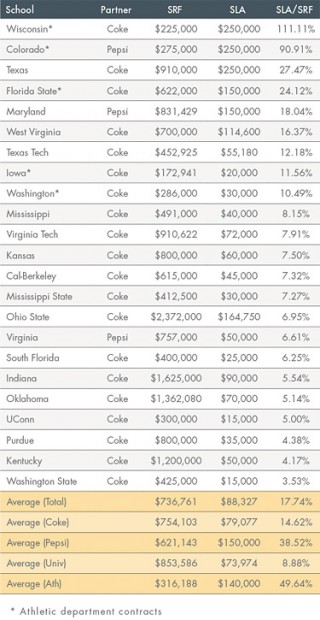
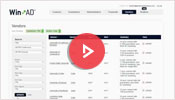 Learn how Win Ad can help Maximize Revenue for Pouring Rights Agreements
Learn how Win Ad can help Maximize Revenue for Pouring Rights Agreements
A Comprehensive Report on the Pouring Rights Market (Abstract Excerpted from The Winthrop Report)
The sale of pouring rights is a major source of revenue for athletic departments, with deals negotiated at either the University or Athletic Department level. Our report gives readers relevant, insightful market information pertaining to both types of deals in order to maximize upcoming deals. We created our report by examining every current, publically-available pouring rights contractual agreement and using certain school-specific data, all attained from the WinAD database. The result is a report that provides a current, comprehensive view of the rights market, detailing key financial elements, market trends and creative options within pouring rights agreements. This information will allow schools to understand their standing in the market, while also providing tangible ideas to drive increased revenue from future negotiations.
— ADs who schedule a Win AD Demo will receive a full copy of the The Winthrop Report: Request the Full Report —
Key Insights
Athletic directors must use attendance to their advantage when negotiating their next pouring rights agreement. Strong attendance figures naturally lead to robust product sales—thus making the university more attractive to its pouring rights partner.

